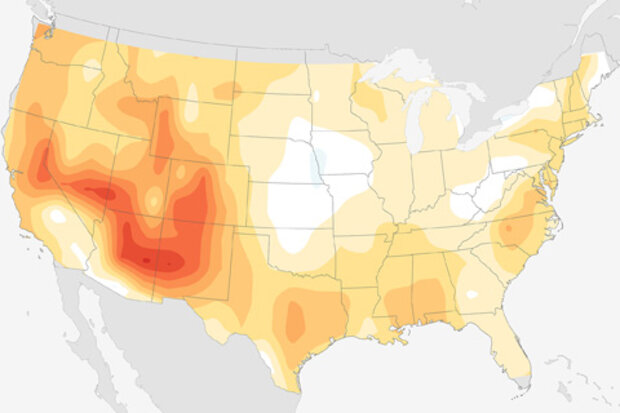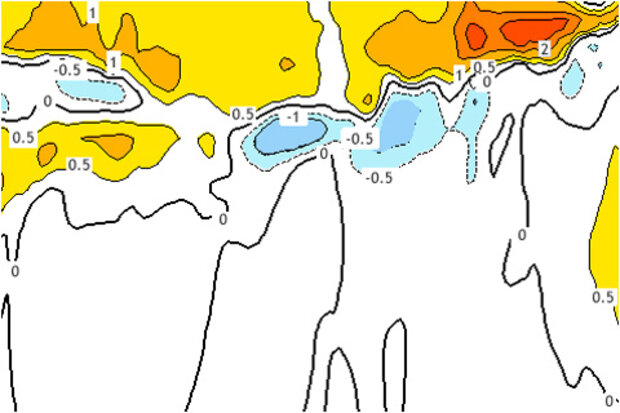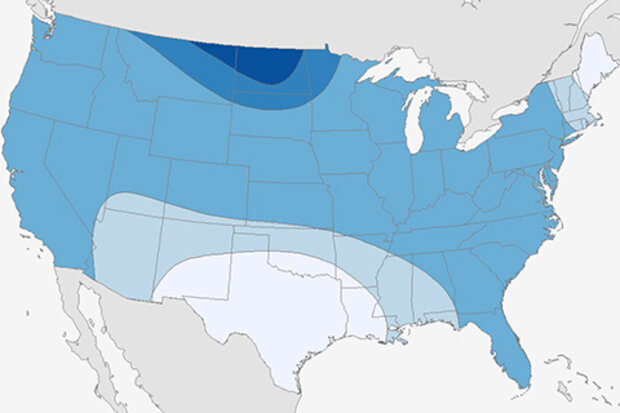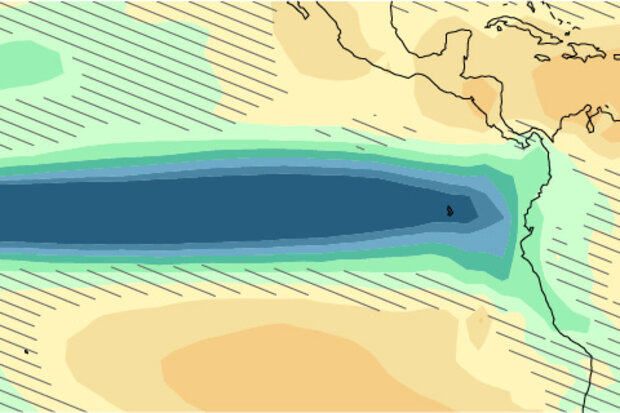Blogs
In my last post, I showed the last ten years’ worth of December through February (DJF) winter forecasts and observations (2004-2013) and allowed our eyes to tell us their thoughts on just how well those forecasts did. It appeared that some forecasts were better than others, but there was a wide mix of forecast performances not only from year to year, but from place to place. It was hard to tell, on average, how well the forecasts did.
“Eyeballing” the difference between a forecast and observations, while easy, is subjective and potentially inaccurate, in the end. We need verification metrics – statistical analyses that boil down everything our eyes see into numbers—to really put for…
Read article
A month ago, I wrote about the factors we look for when declaring the presence of “El Niño conditions.” Last month we were close: monthly average sea surface temperature anomalies in the Niño3.4 region were above +0.5° Celsius, and they looked to stay that way for at least another few seasons.
However, signs that the atmosphere was responding to the warmer-than-average ocean waters were inconclusive, and we decided to hold off on declaring the presence of El Niño conditions for the moment. Was that the right decision? Why is this particular forecast so difficult? This month, I’m going to take you behind the scenes, into the forecast process.
The CPC/IRI ENSO* team currently consists of…
Read article
The articles posted on this blog have described ENSO, its regional and global impacts, and the challenge of forecasting it, among several other topics. Here we introduce another important player on the tropical stage: the Madden-Julian Oscillation, or MJO. While the MJO is a lesser-known phenomenon, it can have dramatic impacts in the mid-latitudes. Several times a year the MJO is a strong contributor to various extreme events in the United States, including Arctic air outbreaks during the winter months across the central and eastern portions of the United States.
So what is the MJO?
Imagine ENSO as a person riding a stationary exercise bike in the middle of a stage all day long. His u…
Read article
A recent post on the Climate Prediction Center’s (CPC) winter forecast brought out several comments wondering about the quality of these seasonal forecasts. Folks asked: how good are these forecasts? (They have skill. I’ll show you over a couple of posts.) Do we even check? (Of course!) What about the Farmer’s Almanac? (No comment.)
Grading forecasts, or in nerd-speak, verification, is incredibly important. Not to get philosophical, but, like pondering the sound a tree makes in the woods if no one is around, a forecast is not a useful forecast if it is never validated or verified. After all, anyone can guess (educated or… not) at what will happen. I could give you my thoughts on what the …
Read article
This is a guest post by Mat Collins, who is the joint Met Office Chair in Climate Change and professor in the College of Engineering, Mathematics, and Physical Sciences at the University of Exeter in the UK. You can follow him on Twitter @mat_collins.
Tom previously touched on how climate change might affect ENSO, emphasizing the 2013 AR5 Intergovernmental Panel on Climate Change (IPCC) statement (footnote 1), which basically said that ENSO (the El Niño-Southern Oscillation) will continue, but we don’t know if or how its frequency or intensity might change.
That’s the answer we get when we look at the question head-on. But what about when we look at it more indirectly? Loo…
Read article




